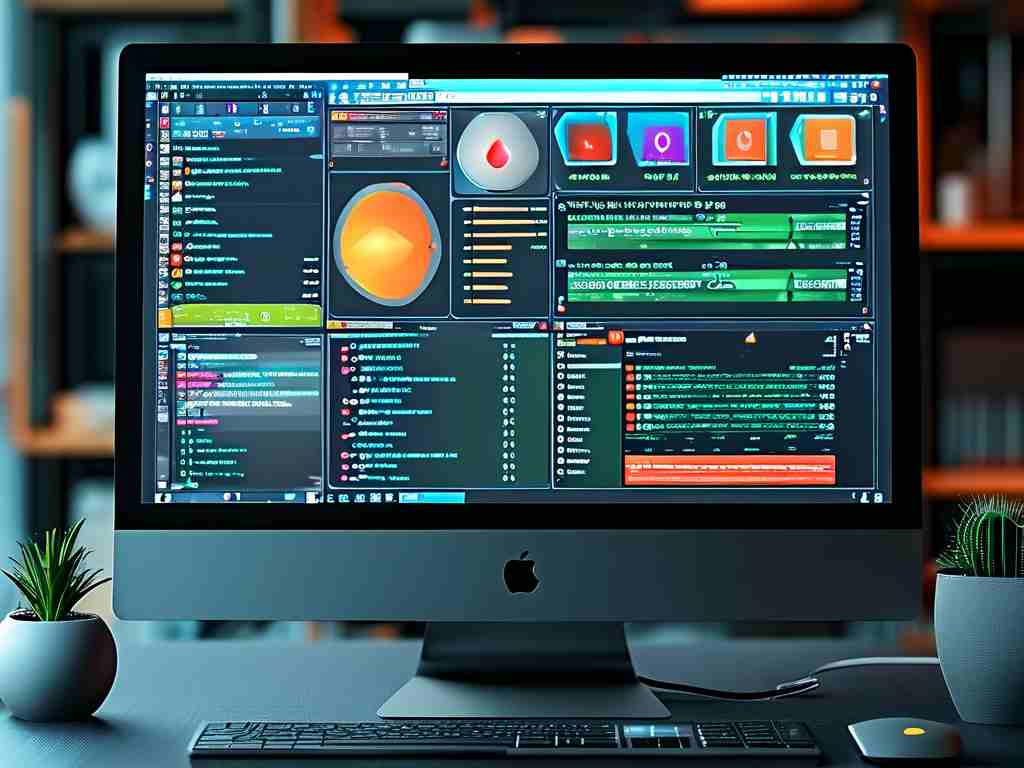Embedded development projects are specialized endeavors where engineers design and build systems that integrate hardware and software for dedicated functions within larger devices. Think of everyday items like smart thermostats or car infotainment systems – they rely on embedded tech to operate efficiently without the bulk of general computers. As an experienced developer, I've seen how these projects start with defining precise requirements, such as real-time responses or low power consumption, to ensure the final product meets user needs seamlessly. Unlike standard software coding, embedded work demands a deep grasp of both electronics and programming, often using languages like C or C++ due to their efficiency in resource-constrained environments.

The core of any embedded development project lies in its lifecycle, which typically unfolds in phases. First, there's the planning stage, where teams analyze the target device's constraints, like limited memory or processing power. For instance, when creating a wearable fitness tracker, we must account for battery life and sensor accuracy upfront. Next comes the design phase, involving schematic diagrams for hardware and flowcharts for software logic. This is followed by implementation, where coding brings the design to life. A simple example is a basic LED blink program in C, which I've used in training sessions to illustrate real-world applications:
#include <avr/io.h>
#include <util/delay.h>
int main(void) {
DDRB |= (1 << DDB5); // Set PB5 as output for LED
while (1) {
PORTB |= (1 << PORTB5); // Turn LED on
_delay_ms(500); // Delay for 500ms
PORTB &= ~(1 << PORTB5); // Turn LED off
_delay_ms(500); // Delay for 500ms
}
return 0;
}
This snippet shows how straightforward code can control hardware, but in practice, embedded projects often involve debugging with tools like JTAG probes to catch issues early. Testing is critical too, as it verifies functionality under various conditions, such as extreme temperatures or power fluctuations. Throughout my career, I've learned that collaboration across disciplines is vital – hardware engineers and software developers must communicate closely to avoid integration pitfalls, like timing mismatches that can crash a system.
Applications of embedded development span numerous industries, driving innovation in ways users might not even notice. In the Internet of Things (IoT), for example, embedded projects enable smart home devices to communicate securely, processing data locally to reduce cloud dependency. Automotive sectors rely on them for advanced driver-assistance systems, where microcontrollers process sensor inputs in milliseconds to prevent accidents. Medical devices, like insulin pumps, use embedded tech for precise, life-saving operations, adhering to strict safety standards. Even consumer electronics, such as game consoles, benefit from optimized embedded code to deliver smooth experiences. Each project faces unique challenges, such as balancing performance with energy efficiency or ensuring security against cyber threats, which require creative problem-solving. I recall a project where we reduced a device's power draw by 30% through clever algorithm tweaks, extending battery life significantly.
Challenges in embedded development often stem from the tight resource constraints inherent to these systems. Memory limitations can force developers to write lean code, avoiding bloated libraries. Real-time requirements add pressure, as delays might cause failures in critical applications like industrial robots. Additionally, cross-compiling code for different processors introduces compatibility headaches, demanding thorough testing on actual hardware rather than simulators. To overcome these, teams adopt agile methodologies, iterating quickly based on feedback, and use version control systems like Git to manage code changes. Tools such as oscilloscopes and logic analyzers help diagnose hardware issues, while continuous integration pipelines automate builds to catch errors early. In my view, the future of embedded development looks bright with trends like edge computing and AI integration, where projects will handle more complex tasks locally, reducing latency and improving privacy.
In , embedded development projects are the unsung heroes of modern technology, powering devices that make our lives smarter and safer. They blend engineering artistry with practical execution, demanding skills in coding, electronics, and systems thinking. As someone who's navigated this field for years, I believe fostering a mindset of continuous learning – through hands-on tinkering and staying updated on new chipsets – is key to success. Ultimately, these projects not only solve real-world problems but also push the boundaries of what's possible in our increasingly connected world.









